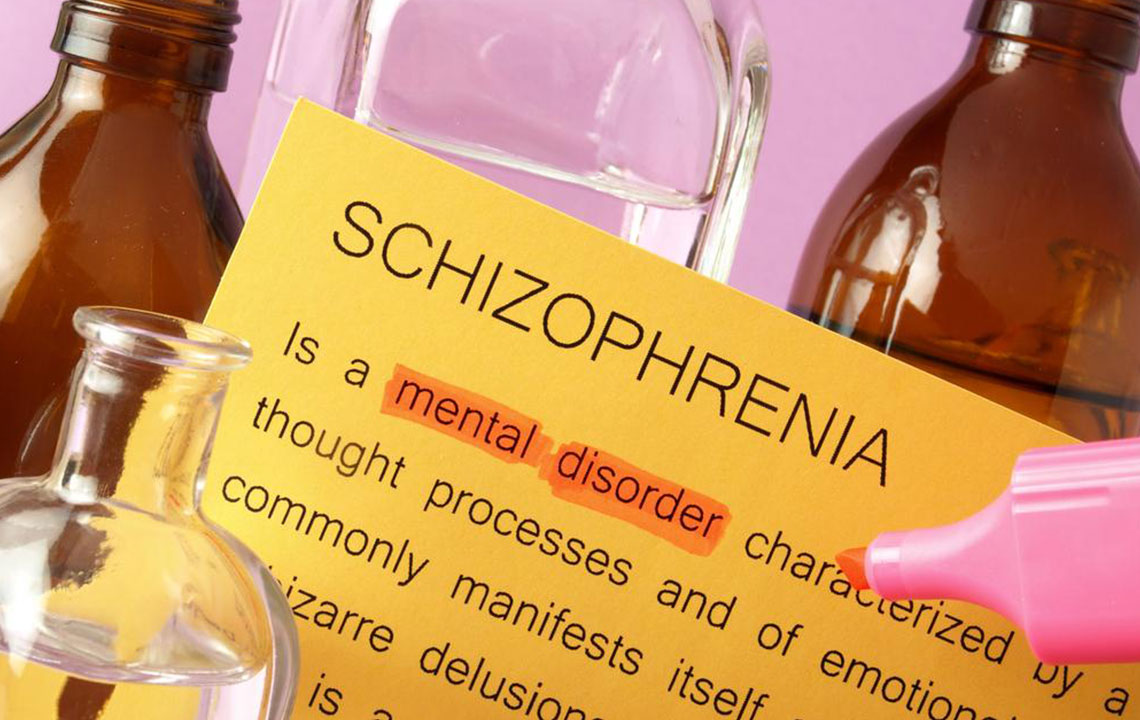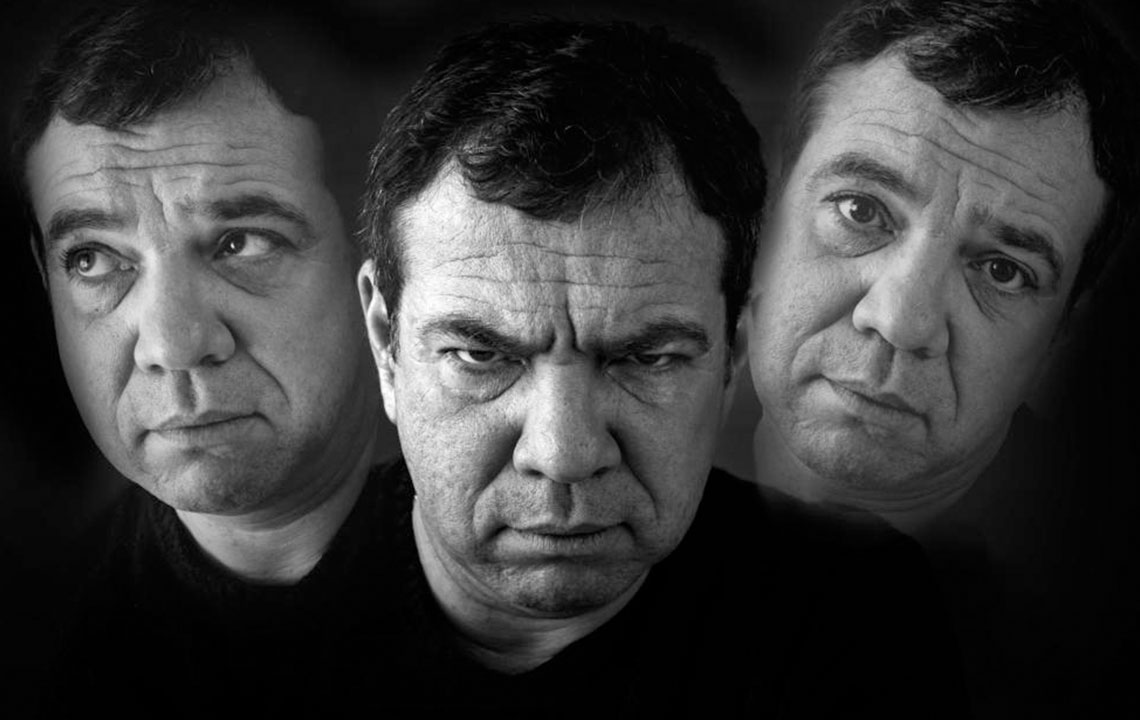Comprehensive Guide to Diagnosing and Testing for Schizophrenia
This comprehensive article explores the intricate process of diagnosing and testing for schizophrenia. It discusses key symptoms such as delusions, hallucinations, disorganized speech, abnormal motor behaviors, and negative symptoms. The piece emphasizes the importance of early detection and detailed assessment methods, including blood tests, brain imaging, and psychological evaluations. Understanding these diagnostic tools is vital for healthcare professionals and families to facilitate early intervention, improve treatment outcomes, and enhance patients' quality of life. The article offers in-depth insights into the clinical criteria and testing procedures involved in diagnosing schizophrenia.

Comprehensive Guide to Diagnosing and Testing for Schizophrenia
Schizophrenia is one of the most complex and severe mental health disorders, profoundly impacting how individuals perceive reality, think, and behave. It affects millions worldwide and requires timely diagnosis and intervention to improve quality of life and reduce long-term complications. Understanding the signs, symptoms, and diagnostic methods is crucial for healthcare professionals, patients, and families alike. This comprehensive guide delves into the key insights surrounding the diagnosis and testing procedures for schizophrenia, aiming to enhance awareness and promote early detection.
Early diagnosis plays a fundamental role in managing schizophrenia effectively. Recognizing the warning signs and understanding the diagnostic process can lead to prompt treatment, which has been shown to significantly improve outcomes. Without early intervention, individuals may experience worsening symptoms, social withdrawal, and increased risk of comorbidities. Therefore, both healthcare providers and patients must be vigilant about the criteria and tests involved in diagnosing this multifaceted disorder.
Delusions – These are fixed false beliefs that persist despite evidence contradicting them. Examples include believing one has extraordinary abilities or is being persecuted by unseen forces. Delusions are highly characteristic of schizophrenia and often serve as a primary symptom that prompts further assessment.
Hallucinations – Experiencing sensory perceptions that are not actually present. Visual hallucinations involve seeing things that do not exist, while auditory hallucinations often involve hearing voices or sounds. These symptoms are typically distressing and are a hallmark feature of schizophrenia.
Disorganized Speech – Speech that is incoherent, fragmented, or unrelated to the ongoing conversation. Patients may switch topics abruptly or produce nonsensical words, reflecting the disorganized thought processes associated with the disorder.
Abnormal Motor Behaviors – These can include childlike actions, agitation, resistance to instructions, bizarre postures, or excessive movements. Such behaviors interfere with daily functioning and are indicative of underlying psychotic processes.
Negative Symptoms – A reduction or absence of normal behaviors and emotions. This may manifest as emotional flatness, neglect of personal hygiene, lack of motivation, and social withdrawal. Negative symptoms often contribute significantly to the functional impairments caused by schizophrenia.
Recognizing early signs of schizophrenia can be challenging, especially since symptoms often overlap with other mental health conditions like bipolar disorder, depression, or severe anxiety. Individuals experiencing initial symptoms may be reluctant to seek help due to stigma, denial, or lack of insight. Therefore, fostering open conversations and encouraging professional evaluations are essential steps toward diagnosis and treatment.
Diagnostic Tests for Schizophrenia In clinical practice, a combination of assessments is used to confirm the diagnosis. Blood and urine tests are primarily employed to exclude other medical conditions or substance-induced psychosis, ensuring the symptoms are attributable to schizophrenia itself. Brain imaging techniques such as computed tomography (CT) scans and magnetic resonance imaging (MRI) are valuable tools that reveal structural abnormalities or brain changes often associated with the disorder. These imaging methods help rule out tumors, lesions, or other neurological issues that could mimic schizophrenia.
Additional assessments, including cognitive tests, neuropsychological evaluations, and detailed personality assessments, provide a more comprehensive understanding of a patient’s mental state. These evaluations help differentiate schizophrenia from other psychiatric disorders and guide treatment planning.
Early detection through a thorough diagnostic process significantly increases the likelihood of successful management. Antipsychotic medications, coupled with psychotherapy and social support, form the cornerstone of effective treatment strategies. Prompt diagnosis not only alleviates distress but also helps individuals regain functionality, improve social relationships, and lead meaningful lives.





